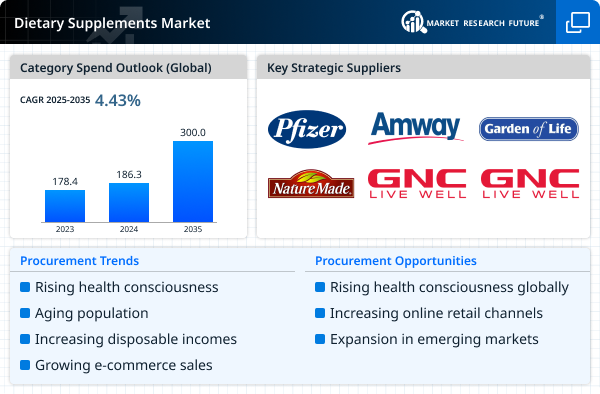Top Industry Leaders in the Cellular Concrete Market
 Cellular concrete, a lightweight and versatile construction material, is experiencing a global surge in demand. This report delves into the competitive landscape, analyzing key strategies, market share determinants, industry news, and recent developments over the past six months.
Cellular concrete, a lightweight and versatile construction material, is experiencing a global surge in demand. This report delves into the competitive landscape, analyzing key strategies, market share determinants, industry news, and recent developments over the past six months.
List of Strategies Adopted:
-
Product Diversification: Key players like H+H International, Saint Gobain, and Xella Group are expanding their portfolios beyond traditional AAC blocks, venturing into precast panels, lintels, and insulation board segments. This caters to diverse construction needs and broadens customer base. -
Geographical Expansion: Companies are actively entering emerging markets like China, India, and Brazil, driven by rapid urbanization and infrastructure development. Local production facilities reduce logistics costs and cater to regional preferences. -
Technological Innovation: Investments in R&D are leading to advancements in foaming agents, curing processes, and automation. This translates to improved product quality, efficiency, and sustainability, offering a competitive edge. -
Sustainability Focus: Responding to growing environmental concerns, manufacturers are developing eco-friendly cellular concrete mixes with recycled materials and lower embodied carbon. Certifications like LEED and EPD are gaining traction, influencing purchasing decisions. -
Strategic Partnerships and Acquisitions: Collaborations with architects, builders, and distributors enhance brand visibility and market reach. Acquisitions of smaller players and consolidation within the industry are also observed, aimed at strengthening market dominance.
Factors for Market Share:
-
Brand Reputation and Quality: Established players like Ytong (Xella Group) and Hebel (H+H International) hold brand recognition and a reputation for delivering superior quality, attracting premium customers. -
Production Capacity and Distribution Network: Extensive manufacturing facilities and efficient distribution networks ensure timely delivery and cost-effectiveness, giving established players an edge. -
Product Innovation and R&D: Companies actively invested in developing new applications and enhancing product performance gain market share through superior offerings. -
Price Competitiveness and Regional Positioning: Local production and competitive pricing strategies cater to regional cost sensitivities, attracting budget-conscious projects. -
Sustainability Credentials and Green Initiatives: Companies demonstrating commitment to environmental responsibility through eco-friendly production and certifications attract environmentally conscious clients.
Current Trends and Predictions:
-
Increasing adoption in non-residential construction: Cellular concrete's fire-resistant and sound-insulating properties are driving its use in hospitals, schools, and office buildings. -
Focus on prefabricated construction: Prefabricated panels made of cellular concrete offer faster construction times and improved quality control, gaining traction in urban development projects. -
Advancements in 3D printing technology: Printing with cellular concrete holds immense potential for creating customized building components and reducing waste. -
Growing regulatory support for green building materials: Government initiatives and green building certifications incentivize the use of cellular concrete, pushing the market toward sustainable solutions.
Key Companies in the Cellular Concrete market include
- Saint Gobain (France)
- Xella Group (Germany)
- Cellucrete (U.S.)
- Cematrix (Canada)
- Litebuilt (Australia)
- Laston Italiana S.P.A (Italy)
- Cellular Concrete Technologies (U.S.)
- Aerix Industries (U.S.)
- ACICO (Kuwait)
- G. Shirke Construction Technology Pvt. Ltd (India)
- Broco Industries (Indonesia)
- Conco (U.S.)
- JK Lakshmi Cement Ltd (India)
- CellFill, LLC (U.S.)
- Aircrete Europe (Netherlands)
Recent Developments
-
October 2023: H+H International unveils a revolutionary self-compacting cellular concrete, simplifying construction processes. -
November 2023: The American Society of Civil Engineers (ASCE) releases a report highlighting the benefits of cellular concrete for earthquake-resistant structures. -
December 2023: China introduces new regulations promoting the use of green building materials, further boosting cellular concrete demand.

